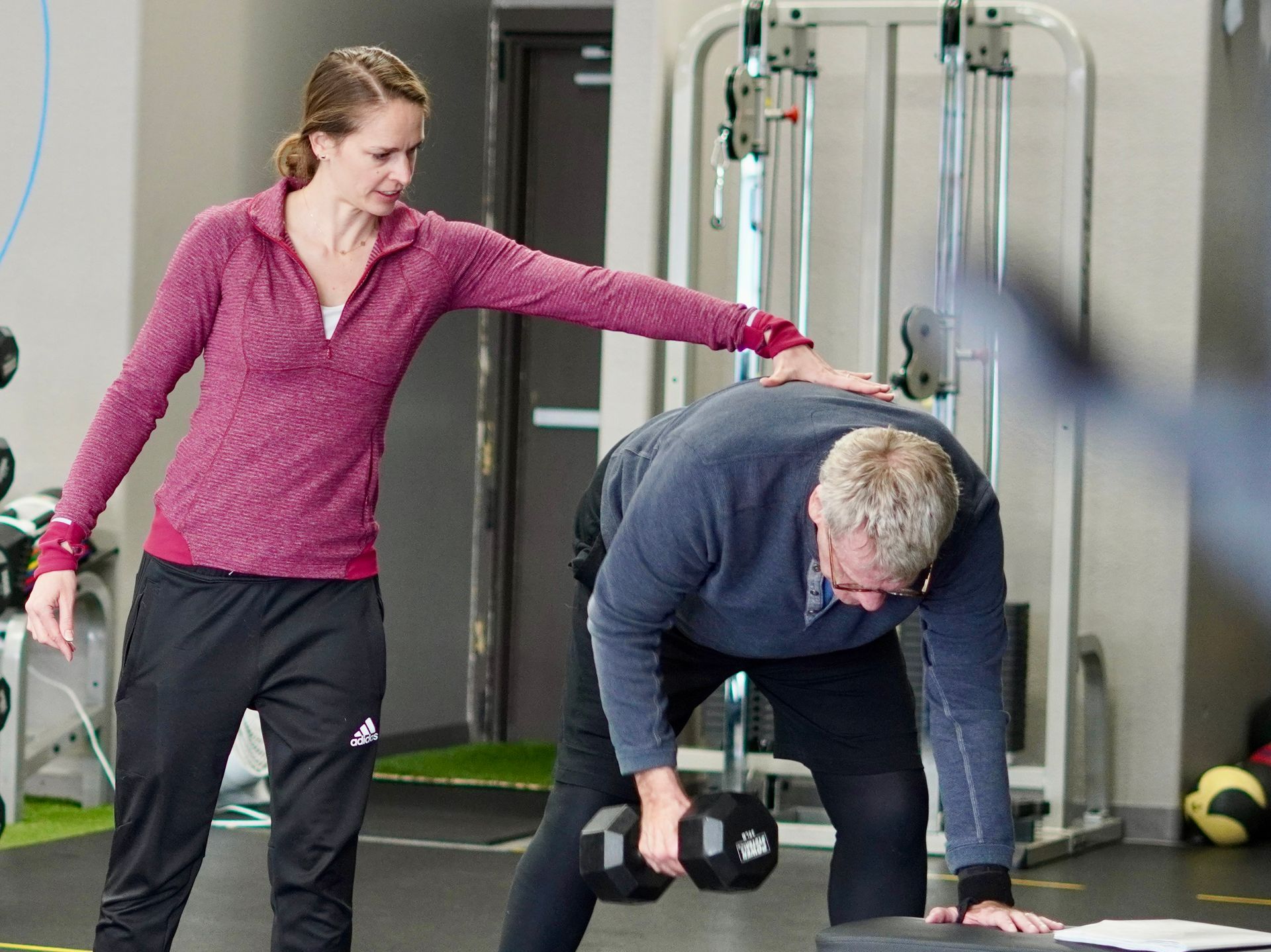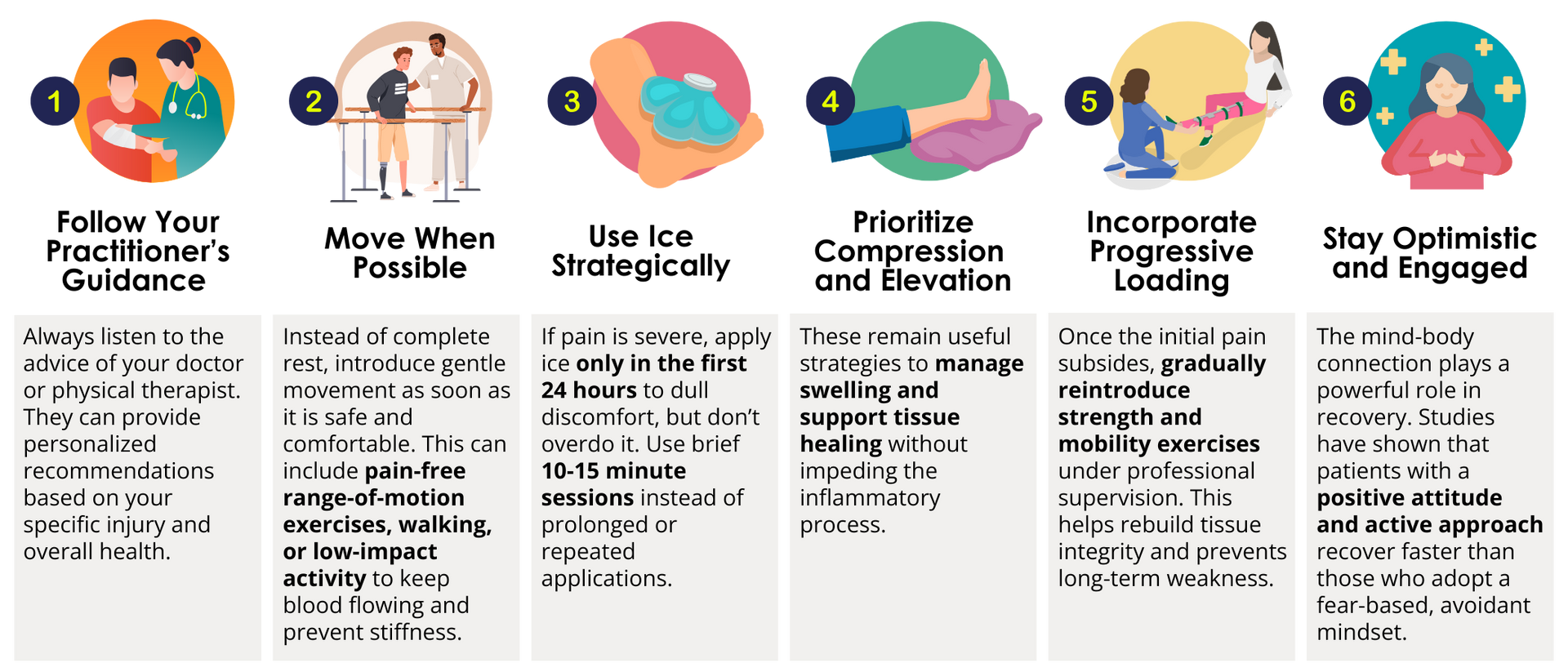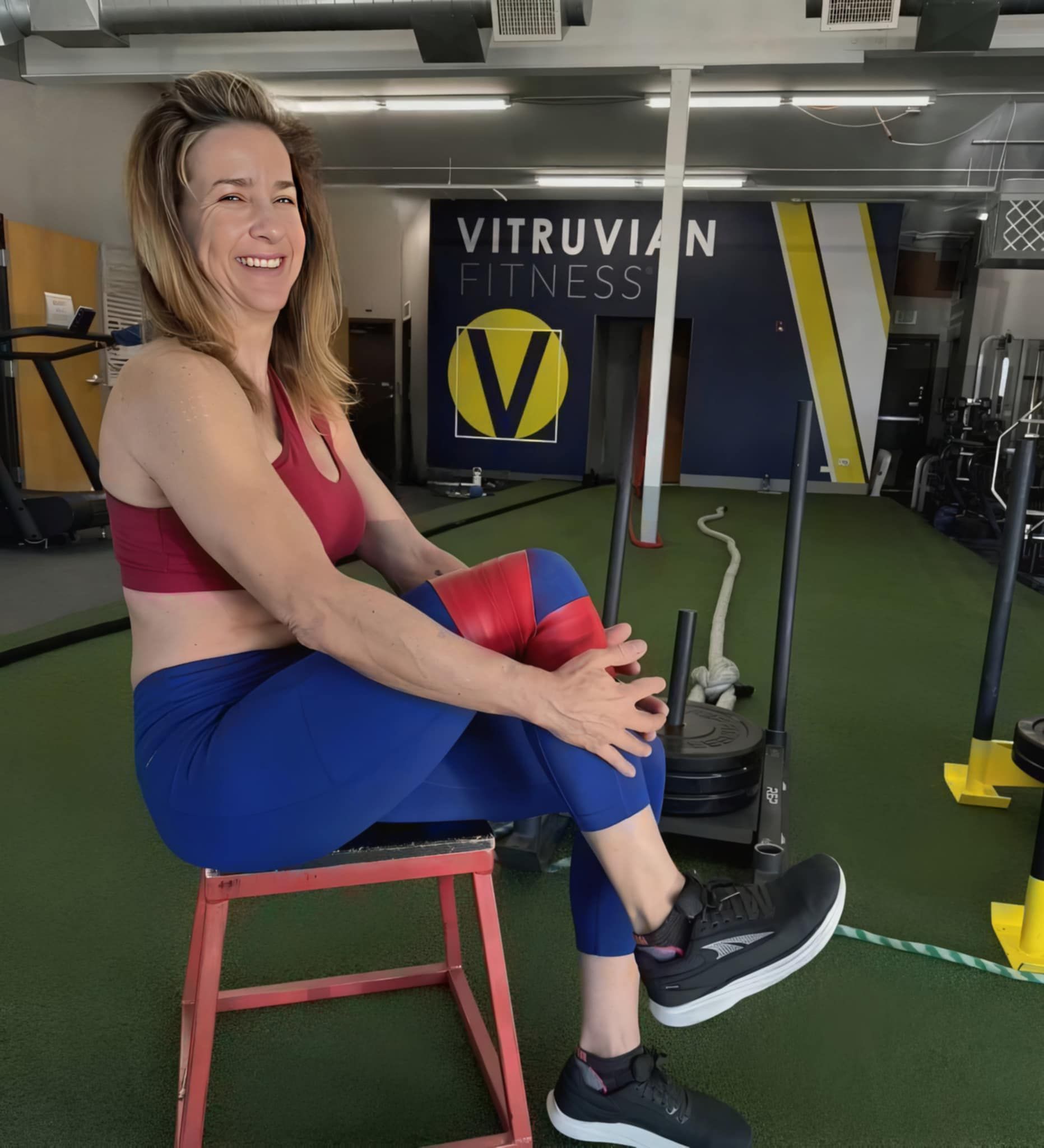Rethinking Rest and Ice: An Alternative Approach to Pain and Inflammation
For decades, the standard advice for managing sprains, strains, and soft tissue injuries has been the well-known RICE method—Rest, Ice, Compression, and Elevation. This simple and memorable acronym has been widely accepted by athletes, medical professionals, and everyday individuals as the go-to strategy for reducing swelling and pain after an injury. However, recent research suggests that while some components of RICE remain valuable, the emphasis on rest and ice may actually hinder the body’s natural healing process rather than support it.
Unless you spend countless hours reading about exercise, rehab, and performance, it might be natural to think that resting an injured body part and applying ice is a great way to recover. After all, conventional wisdom tells us that inflammation is bad, swelling is something to be avoided, and pain relief should come first. But what if we told you that your body’s natural response to injury—mild inflammation—isn’t the enemy, and that immobilization might actually do more harm than good?
Before diving in, it is essential to state that your healthcare provider's guidance should always come first. Each injury and individual is unique, and medical professionals provide personalized recommendations based on your specific situation. That said, understanding the science behind pain and inflammation management can empower you to make more informed choices in collaboration with your healthcare team.
Why Rest Isn’t Always Best
The R in RICE stands for “Rest,” but modern research is challenging the idea that complete rest is necessary—or even beneficial—for many soft tissue injuries. While protecting the injured area from further harm is crucial, prolonged rest can actually slow down recovery by limiting blood flow, reducing muscle activation, and allowing tissues to become stiff and weak. Not to mention, allowing all your other body parts to regress in their fitness.

A growing body of research supports the POLICE method (Protection, Optimal Loading, Ice, Compression, Elevation), which modifies the traditional approach by encouraging early, controlled movement. Studies on ankle sprains, for example, have shown that patients who engage in gentle, weight-bearing activity sooner recover faster than those who immobilize the injury for extended periods.
In a randomized controlled trial published in the
Journal of Orthopaedic & Sports Physical Therapy, researchers found that
early mobilization significantly improved functional recovery compared to immobilization in individuals with ankle sprains. Another study in the
British Journal of Sports Medicine found that early weight-bearing activity enhances
collagen synthesis and tissue remodeling, crucial components of injury recovery.
For middle-aged adults who may already struggle with mobility or joint stiffness, extended periods of rest can lead to
muscle atrophy, joint instability, and decreased range of motion. Instead of complete rest, modern injury management emphasizes
progressive movement, guided by pain tolerance, to maintain circulation and encourage tissue healing.
The Ice Debate: Does It Help or Hurt?
For years, icing an injury was believed to be essential for reducing swelling and numbing pain. While ice certainly helps dull pain in the short term, emerging evidence suggests that it may impede the healing process by suppressing the body’s natural inflammatory response.
Inflammation often gets a bad reputation, but it’s actually an essential part of healing. When you injure a muscle or ligament, your body responds by sending white blood cells, growth factors, and other healing agents to the affected area. This process helps clear damaged cells and initiate repair. Applying ice constricts blood vessels, reducing blood flow to the area, which may delay or even prolong recovery.
A pivotal study published in The Journal of Applied Physiology found that excessive icing delayed muscle regeneration in injured tissues. Similarly, the British Journal of Sports Medicine has advocated for reducing the reliance on ice, suggesting that while it provides temporary relief, it may hinder long-term healing if overused. In fact, the PEACE & LOVE method (Protect, Elevate, Avoid Anti-inflammatories, Compress, Educate & Load, Optimism, Vascularization, and Exercise) specifically recommends avoiding unnecessary ice and anti-inflammatory drugs, as they can interfere with natural tissue repair.
This doesn’t mean you should never use ice—it can still be useful
in the first 24 hours for pain relief. However, instead of icing persistently for days or weeks, a better approach is to allow your body to
work through its natural repair processes while focusing on
compression, elevation, and movement-based rehabilitation.
How to Take a Smarter Approach to Injury Recovery
So, if rest and ice aren’t the ultimate solutions, what should you do instead? Here’s a science-backed approach to managing soft tissue injuries effectively:
- Follow Your Practitioner’s Guidance – Always listen to the advice of your doctor or physical therapist. They can provide personalized recommendations based on your specific injury and overall health.
- Move When Possible – Instead of complete rest, introduce gentle movement as soon as it is safe and comfortable. This can include
pain-free range-of-motion exercises, walking, or low-impact activity to keep blood flowing and prevent stiffness.
- Use Ice Strategically – If pain is severe, apply ice
only in the first 24 hours to dull discomfort, but don’t overdo it. Use
brief 10-15 minute sessions instead of prolonged or repeated applications.
- Prioritize Compression and Elevation – These remain useful strategies to
manage swelling and support tissue healing without impeding the inflammatory process.
- Incorporate Progressive Loading – Once the initial pain subsides,
gradually reintroduce strength and mobility exercises under professional supervision. This helps rebuild tissue integrity and prevents long-term weakness.
- Stay Optimistic and Engaged – The mind-body connection plays a powerful role in recovery. Studies have shown that patients with a positive attitude and active approach recover faster than those who adopt a fear-based, avoidant mindset.

Final Thoughts
The way we think about rest and ice in injury management is evolving, and it’s important to keep up with the latest research. While RICE was once the gold standard, newer evidence-based strategies like POLICE and PEACE & LOVE emphasize movement, optimal loading, and respecting the body's natural healing processes.
For most of us, embracing a more proactive approach to injury recovery can mean less downtime, fewer chronic issues, and a faster return to daily activities. Of course, always consult with your healthcare provider before making changes to your injury recovery plan.
By shifting our focus away from excessive rest and ice and toward active, thoughtful rehabilitation, we empower ourselves to heal smarter—not just faster. The key takeaway? Movement is medicine, and your body is designed to heal—let it do its job.
Nothing in this article is intended to diagnose, prescribe, or treat any condition. Always consult your physical therapist, chiropractor, or doctor for specific advice for your specific condition.
References:
Comparison of PRICE and POLICE Treatment Protocols: This randomized controlled trial found that the POLICE protocol (Protection, Optimal Loading, Ice, Compression, Elevation) led to more effective and faster recovery in patients with ankle sprains compared to the traditional PRICE protocol (Protection, Rest, Ice, Compression, Elevation).
PubMed Central
Introduction of the PEACE & LOVE Protocol: Published in the
British Journal of Sports Medicine, this article introduces the PEACE & LOVE approach, emphasizing the importance of patient education and addressing psychosocial factors to enhance recovery from soft tissue injuries.
British Journal of Sports Medicine
POLICE Principle Overview: This resource from Physiopedia provides an overview of the POLICE principle, highlighting the shift from rest to optimal loading in acute soft tissue injury management.
Physiopedia
PEACE & LOVE Principle Details: Also from Physiopedia, this article details the PEACE & LOVE principles, covering the full range of soft tissue injury management from immediate care to subsequent rehabilitation.
Physiopedia
Historical Perspective on RICE: The Wikipedia entry on RICE (medicine) provides a historical overview of the RICE protocol and discusses its evolution over time.
Wikipedia
You might also enjoy these posts . . .








